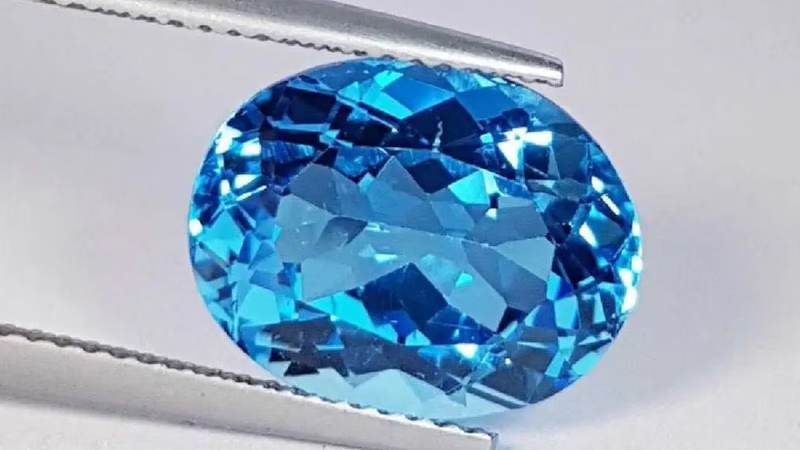
Discover the beauty of blue and pink topaz gemstones.
Blue topaz is one of the most popular varieties of topaz. It can range in color from pale blue to a vibrant sky blue. Blue topaz is usually not found naturally and is commonly created through a process called irradiation. It is a durable gemstone with good clarity and brilliance. Yellow topaz is another commonly found variety. It can range in color from a pale yellow to a deep golden hue. Natural yellow topaz is relatively abundant and is known for its clarity and high luster. It is often faceted to enhance its brilliance.
One of the things to consider when deciding on a topaz is its color. The color grading system is GIA. The base color of topaz is red, orange, yellow, blue, purple, green, and purple. This rating ranges from colorless (0) to black (10). It is from light gray or brown (1) to a light color (6). Topaz comes in different colors. Some dyes appear naturally in topaz, and some dyes are produced by chemical action. Below is a list of some of the different colors of topaz that will help you get the right idea of the color that suits you.
- White topaz (no color)
Pure topaz is always colorless. Some topazes are often clear and free of impurities and are not visible and are almost like diamonds. Of course, finding topaz without impurities is rare. - Golden Topaz
This topaz is the most common color of topaz and includes yellow and orange colors and is found in abundance and is relatively cheap. - Blue Topaz
Blue topaz can often be seen on jewelry so its blue color is not natural. Chemicals are often used to achieve blue topaz, and the main color of blue topaz is blue-gray. - Pink Topaz
Pink topaz is a very rare color. There are many pink topazes on the market today that are made by adding chemicals to yellow topaz. Natural pink topaz has a soft pink color and has a much higher price compared to chemical pink topaz. - Champagne Topaz
Champagne topaz has shades of brown and no chemicals are used to obtain it and is known as a natural topaz. - Imperial Topaz
This topaz has a light peach to dark orange color and is naturally like champagne topaz and is very expensive. - Magic Topaz
In this type of topaz, chemicals are used to obtain a rainbow color. It is known as magic topaz because it often has 3 or more colors on it. This type of topaz is also very expensive.
Pink topaz is a rare and highly sought-after variety. It can range from pale pink to intense pinkish-red shades. Pink topaz is known for its delicate beauty and is often used in high-quality jewelry. Natural pink topaz is rare, and most pink topaz on the market is treated to achieve the desired color. Brown topaz, also known as \"imperial topaz,\" is valued for its warm, rich hues. It can range from light brown to deep reddish-brown. Brown topaz is known for its high clarity and brilliance. It is often faceted into various shapes and used in fine jewelry.
-

Topaz is a versatile gemstone available in various colors, each with unique properties. Blue topaz, often created through irradiation, is popular for its vibrant hues but is not found naturally. Yellow topaz, abundant and known for its clarity, ranges from pale to deep golden shades. The GIA color grading system categorizes topaz from colorless to black, with several shades including white, golden, pink, champagne, imperial, and magic topaz. White topaz is pure and colorless, while golden topaz includes yellow and orange tones. Pink topaz is rare and typically treated to enhance its color. Champagne topaz features natural brown shades without chemical enhancement. Imperial topaz showcases light peach to dark orange colors and is highly valued.
Magic topaz displays multiple colors due to chemical treatment and is also expensive. Each variety of topaz has distinct characteristics that influence its market value and desirability in jewelry.
-
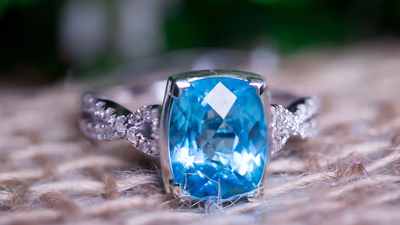
Color, clarity, and cut are the primary factors determining topaz quality. The intensity and saturation of color significantly influence desirability, with vibrant blue and pure pink being highly sought after. Clarity is assessed by the presence of inclusions and blemishes; topaz with minimal flaws is more valuable. Certain varieties, like imperial topaz, may have inclusions that enhance their appeal. Treatments such as irradiation or heat can alter color and clarity, impacting value; untreated stones are generally preferred. The cut of a topaz gemstone affects its brilliance and overall aesthetic, with common shapes including emerald, pear, and oval. While larger stones are rarer and often more valuable, exceptional smaller stones can also command high prices based on their quality attributes. Buyers should consider both the visual appeal and the craftsmanship of the cut when selecting topaz.
-
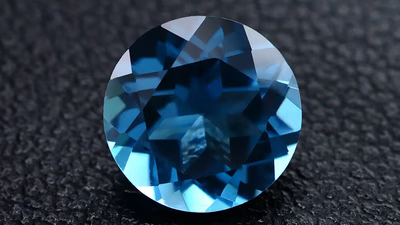
Topaz gemstones should be stored separately to avoid scratches and damage. Use small jewelry bags or soft cloth pouches for individual stones. Exposure to chemicals, such as household cleaners and perfumes, can dull the gemstone"s luster or cause discoloration. Extreme heat and rapid temperature changes can lead to fractures, so it"s essential to keep topaz away from direct sunlight and heat sources. Topaz is a semi-precious stone available in various colors, including light milky shades, gold, yellow, red, and blue. Historically regarded as a symbol of love and affection, topaz is often used in jewelry like necklaces, bracelets, and earrings. To clean topaz, use a solution of hot water and soap with a soft brush or cloth; avoid harsh chemicals or ultrasonic cleaners that may damage the stone. Regular professional cleaning by a jeweler is recommended to maintain its brilliance.
-
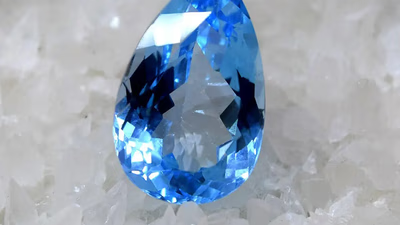
Topaz is mined in various regions worldwide, with Brazil leading in production, particularly in Minas Gerais. The country offers a spectrum of colors, including blue, pink, and yellow. Russia"s Ural Mountains are another significant source, known for high-quality topaz in colorless and pale hues. Nigeria"s Jos Plateau is recognized for its intense blue topaz, while Pakistan"s Shigar Valley produces notable pink varieties. Other countries like Namibia and Mexico also contribute to the global topaz market, with Namibia known for vibrant blue stones and Mexico for a range of colors associated with other gemstones. Sri Lanka and Australia have historical significance in topaz mining as well. The mineral forms in mountainous areas through volcanic activity and is often found alongside other gemstones. When purchasing topaz, factors such as color, cut, and clarity are essential to consider to ensure quality. "
-
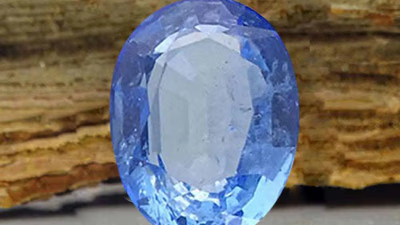
Irradiation and heat treatment are primary methods for enhancing topaz color. Irradiation uses high-energy radiation to transform colorless or pale topaz into various shades of blue, while heat treatment alters yellow, orange, or brown stones into durable pink hues. Coating is a temporary method that applies a colored film to the surface, creating effects like iridescence but is not long-lasting. It"s crucial for sellers to disclose any treatments applied to topaz, as natural variations are also highly valued. The article highlights the importance of recognizing treated versus untreated stones and notes that many blue topazes on the market are heat-treated colorless varieties from Nigeria and Sri Lanka. Additionally, it warns against confusion with other gemstones like citrine and aquamarine, which can be misrepresented as topaz. The rarity of natural pink topaz and the value of golden topaz are also discussed, emphasizing the need for informed purchasing decisions. "





